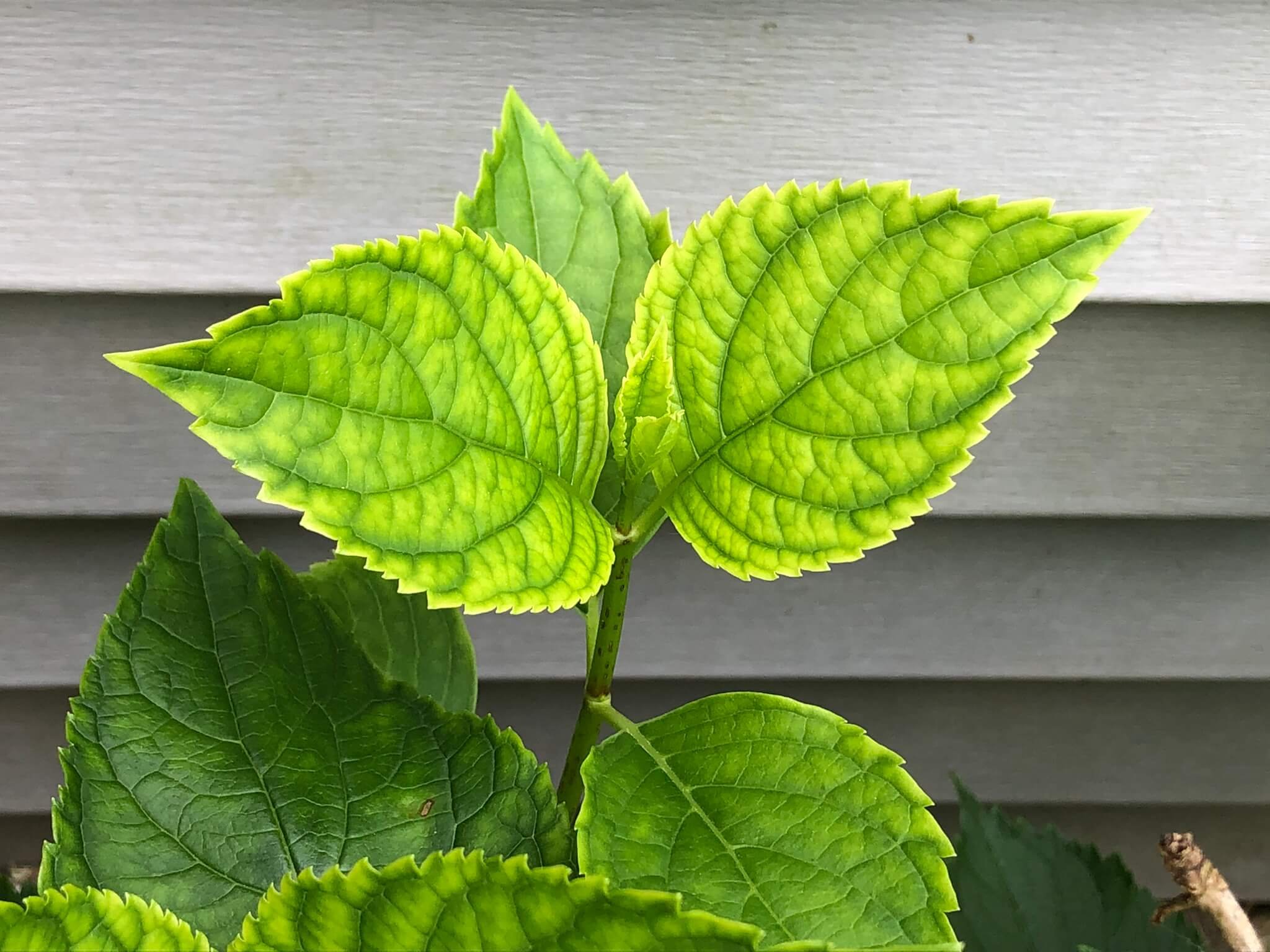The 7-Second Trick For Hydrangea Leaves Turning Yellow
Our Hydrangea Leaves Turning Yellow Ideas
Table of ContentsGet This Report on Hydrangea Leaves Turning YellowThe 2-Minute Rule for Hydrangea Leaves Turning YellowHydrangea Leaves Turning Yellow for DummiesThe Facts About Hydrangea Leaves Turning Yellow Revealed
Huge fallen leaves commonly look saggy throughout the mid-day heat. When they stop working to perk up in the evening or still look wilted in the early morning, your plant can be overwatered.Get rid of the plant from the soil and prune out any roots that aren't white and swollen (plump). Replant in a brand-new area or function some sand into the dirt for better water drainage. Underwatering also triggers leaves to transform yellow with brown, crunchy sides. Don't attempt to fix the trouble by sprinkling excessively.
Add a little bit of pure water, stir the components, and drain pipes the additional water. Put a p, H screening strip in and wait for a reading. You can use an cost-effective wetness and ph testing meter which will additionally come in helpful later when you want to check your plant for underwatering and overwatering.
Sphagnum moss or peat moss avoids the soil from condensing and betters soil drain while also increasing the soil's level of acidity. You can spread sulfur chips in your hydrangea dirt.
The 2-Minute Rule for Hydrangea Leaves Turning Yellow
This is one good reason to repot houseplants regularly (though there are others, such as origin growth as an example). It is also why houseplants require a much more stringent fertilizing routine than the majority of outside plants. When a hydrangea houseplant is deficient in nutrients, its fallen leaves will certainly be the first to show the indicators.

Most liquid plant food needs dilution with water to lower the focus rather. You will certainly also require to fertilize the plant by hand and routine periods. When spring begins in March, it's the active expanding season for lots of houseplants, consisting of hydrangeas. At this moment, you ought to begin your feeding regimen. Apply fluid fertilizer to your hydrangea since this things, as I discussed formerly, is fast-releasing.
The dripline is the location located under the vegetation that is the furthest far from the center of the plant. Rather than applying feed to the facility of the plant it is best to concentrate it mainly in the external areas of the pot. If you would certainly instead utilize a slow-release fertilizer such as granular or spike plant food, after that cover either type with some soil after you put them.
Hydrangea Leaves Turning Yellow for Beginners

Although the hydrangea is surprisingly frost-resistant, once temperatures begin getting involved in the 20s, the plant is in major threat. If the temps are in the low 10s, Continue that danger is much more serious still. Certainly this is even more of a worry about exterior plants so if you maintain potted hydrangea outside you should bring them indoors in really cold weather conditions or perhaps think about relocating them inside throughout of the winter.

A dried hydrangea, A huge trouble with numerous houseplants is origin rot. Root rot occurs when you overwater a plant and since it is such a typical problem (specifically with succulents) many houseplant proprietors are frightened of overwatering their plants. Hydrangeas call for even more watering that a lot of other typical houseplants and can come to be dried out when they are underwatered.
About Hydrangea Leaves Turning Yellow
Be absolutely certain that your hydrangea is dehydrated due to an absence of water and not due to it be given also much water (much more on this later). Overwatering is a significant problem if you cut corners on its water requirements even a little bit, your hydrangea will be fast to reveal it.
, you will swiftly tell if the plant needs water. To obtain your hydrangea watering practices on the best track, you require to be mindful about the moisture degrees in its dirt.
When you remove your finger from wet dirt it will certainly have small amounts of dirt residue stayed with it. Dry soil will certainly mean your finger comes out tidy or with completely dry dirt that is easily surprised. If it's damp, and the plant has yellow leaves then the plant has actually likely been overwatered and you will require to follow the advice given up the area below.